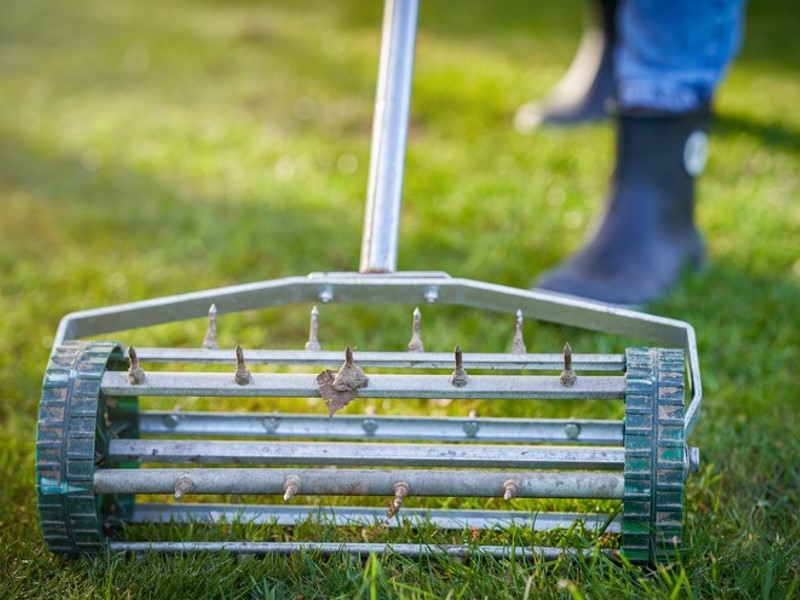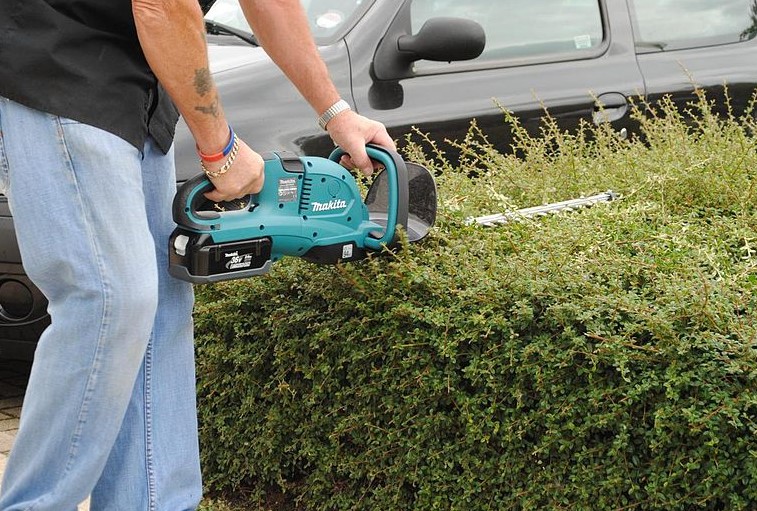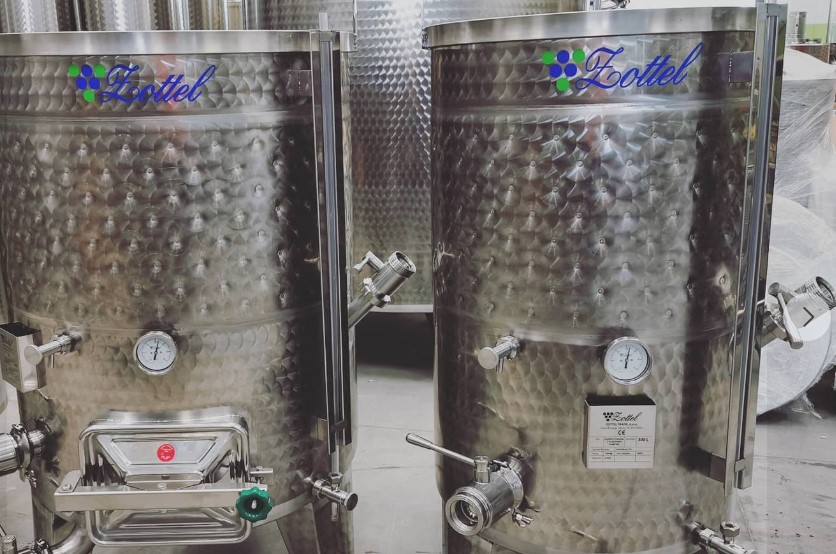In the vast landscape of lawn care, one tool stands out as a champion of healthy, vibrant grass: the grass aerator. Often overlooked but profoundly impactful, aerators play a crucial role in maintaining lush green lawns.
From compact suburban gardens to sprawling country estates, these humble devices can make a world of difference. Join me as we delve into the depths of the world of grass aerators, exploring their types, uses, and essential tips for purchasing the perfect one for your needs.
Table of Contents
Understanding the Importance of Grass Aeration
Before we dive into the specifics, let’s grasp the significance of aeration in lawn care. Simply put, aeration involves perforating the soil with small holes to allow air, water, and nutrients to penetrate the grass roots. Over time, soil compaction, foot traffic, and natural settling can create dense, suffocating layers that hinder grass growth. Aerating breaks up these compacted areas, promoting healthier root systems and overall lawn vitality.
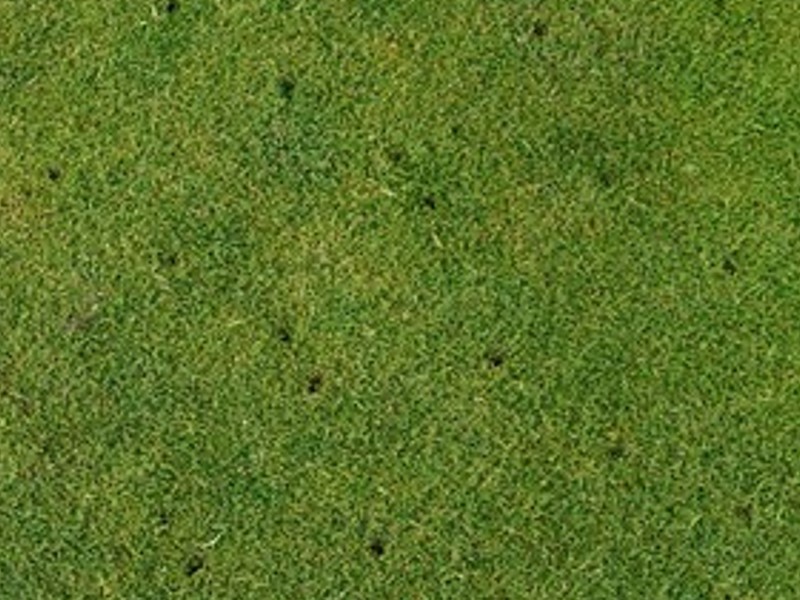
What are Grass Aerators?
Grass aerators are essential tools in lawn maintenance, designed to improve soil health and promote lush, vibrant grass growth. These devices come in various forms, from manual hand tools to motorized machines, but they all serve the same purpose: to alleviate soil compaction and enhance air, water, and nutrient circulation within the soil.
At its core, a grass aerator creates small holes in the soil, allowing air, water, and nutrients to penetrate deep into the root zone of the grass. Over time, soil compaction can occur due to factors like foot traffic, heavy machinery, or natural settling. Compacted soil restricts root growth and hampers the grass’s ability to absorb essential elements for healthy development.
By using grass aerators, lawn care enthusiasts can mitigate soil compaction issues, fostering stronger root systems and overall turf resilience. Additionally, aerating the soil promotes microbial activity, which aids in breaking down organic matter and enriching the soil with beneficial nutrients.
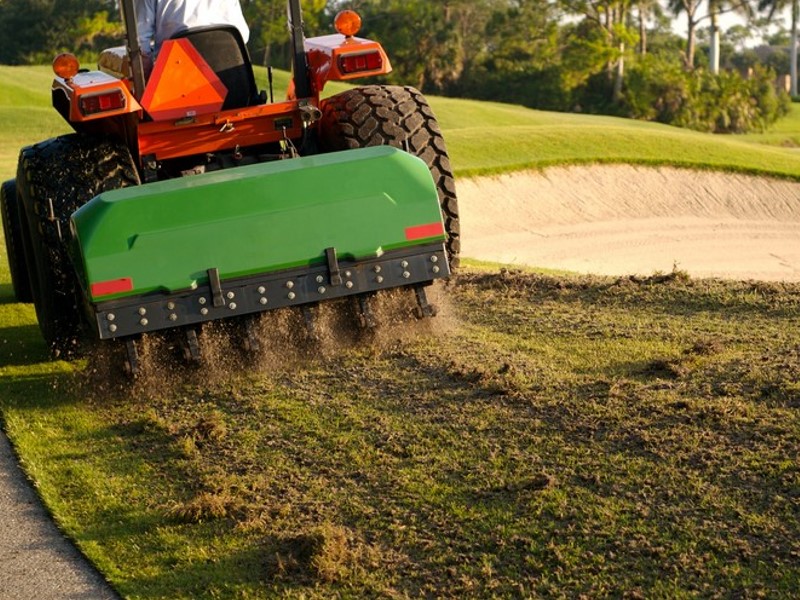
Regular aerating sessions, typically performed annually or as needed based on soil conditions, are key to maintaining a vibrant, thriving lawn. Whether tackling a small residential lawn or a sprawling commercial landscape, incorporating grass aerators into your lawn care regimen can make a significant difference in achieving lush, green grass that’s the envy of the neighborhood.
Types of Grass Aerators
Grass aerators come in various shapes, sizes, and mechanisms, each catering to different lawn sizes and user preferences. Here are some common types:
Manual Core Aerators
These traditional aerators require physical effort to operate but offer precise control over aeration depth and pattern. They typically feature hollow tines that remove small cores of soil from the ground, allowing for better air and water circulation.
Spiked Aerators
Spiked aerators, also known as spike shoes or spike rollers, puncture the soil with solid tines or spikes. While less effective at relieving soil compaction compared to core aerators, they are suitable for small, relatively uncompacted lawns and are often more affordable and easier to use.
Powered Aerators
For larger lawns or heavy-duty aeration tasks, powered aerators are the go-to choice.
Available in both gas-powered and electric models, these machines use either rotating tines or spike drums to penetrate the soil efficiently. While they may require more investment upfront, they offer speed and convenience for tackling extensive lawn areas.
Uses of Grass Aerators
Now that we’ve covered the types let’s explore the versatile applications of grass aerators:
Regular Maintenance
Aeration should be a regular part of lawn maintenance, typically performed once or twice a year depending on soil conditions and usage. By incorporating aeration into your routine, you can prevent soil compaction and promote healthier grass growth throughout the seasons.
Overseeding
Aeration creates an ideal environment for overseeding, the process of spreading grass seeds over existing turf to fill in bare patches or improve lawn density. By opening up the soil and providing better seed-to-soil contact, aerators enhance germination rates and ensure more successful lawn rejuvenation.
Thatch Reduction
Over time, organic debris such as dead grass clippings and roots can accumulate near the soil surface, forming a dense layer known as thatch. Excessive thatch can impede water and nutrient absorption, leading to shallow root growth and poor lawn health. Core aerators help break down thatch by bringing soil cores to the surface, where they can decompose naturally and enrich the soil.
Tips for Buying Grass Aerators
Now, let’s navigate the maze of options and considerations when purchasing a grass aerator:
Assess Your Lawn Size and Terrain
Before making a purchase, evaluate the size and terrain of your lawn. For small to medium-sized lawns with minimal slopes, manual or electric aerators may suffice. However, larger or sloped areas may require the power and efficiency of gas-powered aerators.
Consider Aeration Depth and Spacing
Different aerators offer varying depths and spacing between aeration holes. For general maintenance, aim for a depth of 2-3 inches and spacing of 2-4 inches between holes. Adjustable depth settings allow for customization based on soil conditions and grass type.
Evaluate Ease of Use and Storage
Factor in the ease of operation and storage when choosing an aerator. Manual aerators are lightweight and portable but require physical exertion, while powered models offer convenience but may be bulkier and require more storage space.
Check for Additional Features
Look for additional features such as foldable handles, ergonomic grips, and durable construction materials. These features enhance user comfort and longevity, ensuring a positive aeration experience for years to come.
Read Reviews and Compare Prices
Finally, research different brands and models, read customer reviews, and compare prices to find the best value for your budget. While affordability is essential, prioritize quality and performance to achieve optimal results.
Wrapping It Up
Grass aerators are indispensable tools for maintaining healthy, vibrant lawns. Whether you opt for a manual, electric, or gas-powered model, regular aeration is key to promoting strong root systems, improving water and nutrient absorption, and enhancing overall lawn health.
By understanding the different types, uses, and tips for buying a grass aerator, you can embark on your lawn care journey with confidence and achieve lush greenery that will be the envy of your neighbourhood.
